Bill Nye: The Science Guy - Season 2
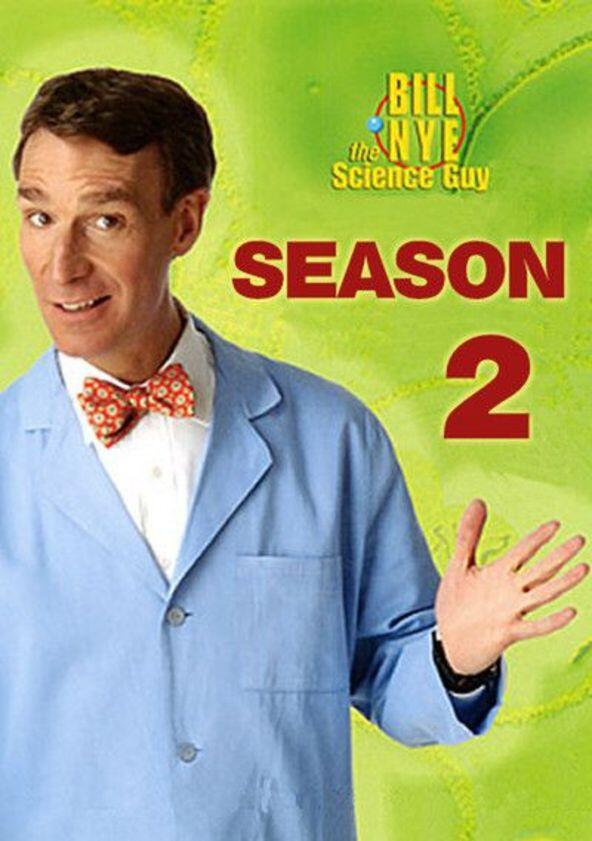
Season 2

Episodes

Magnetism
Magnetic fields; how to make a compass; why opposites attract.
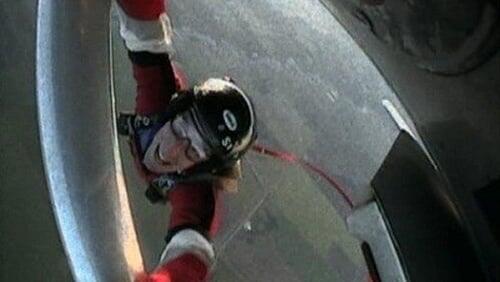
Wind
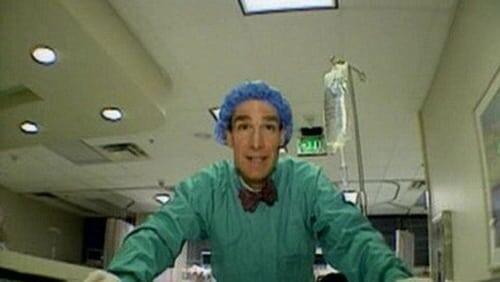
Blood & Circulation
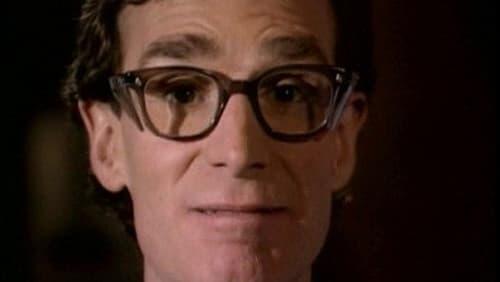
Chemical Reactions
Chemical compositions; explosions; fire; Candace Cameron.
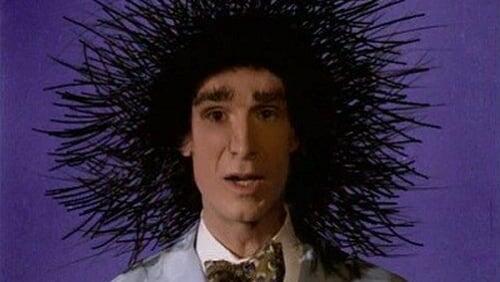
Static Electricity
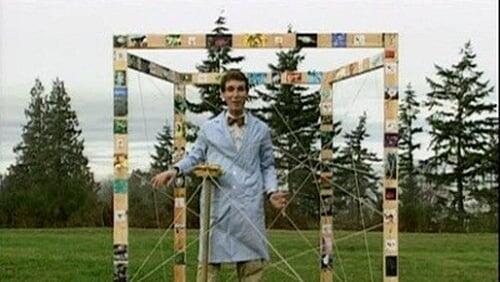
Food Web
Species interdependence; the importance of plants; Alfonso Ribeiro (``Fresh Prince of Bel-Air'').

Light Optics
Light travels in straight lines; reflection; refraction; absorption.

Bones & Muscles
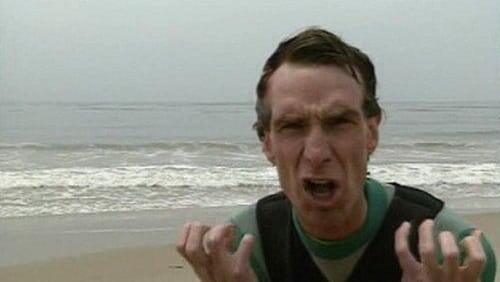
Oceanography
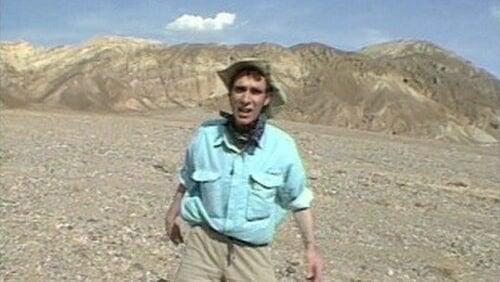
Heat
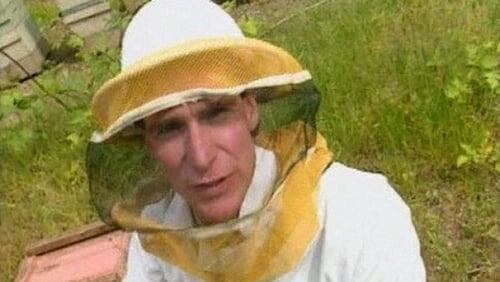
Insects

Balance
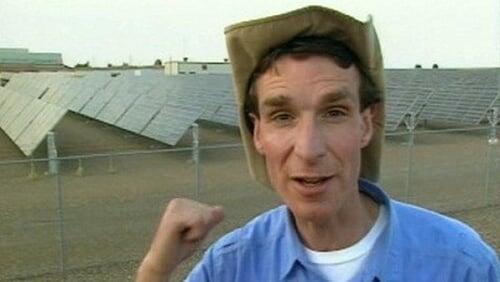
The Sun
The sun provides energy for life.
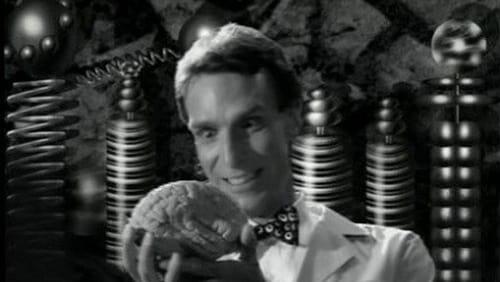
Brain
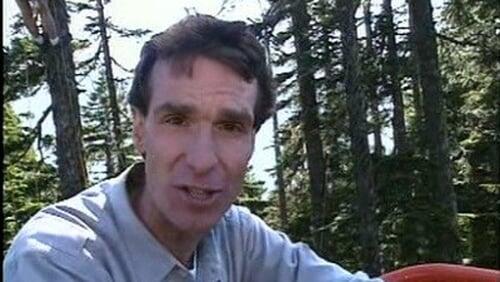
Forests
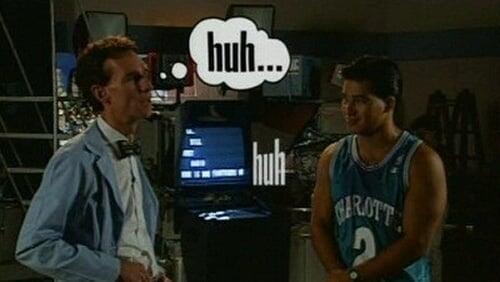
Communication

Momentum
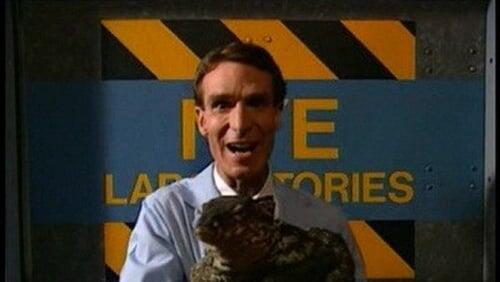
Reptiles
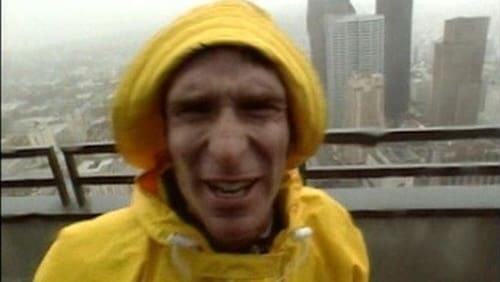
Atmosphere
Atmosphere warms and humidifies the Earth.
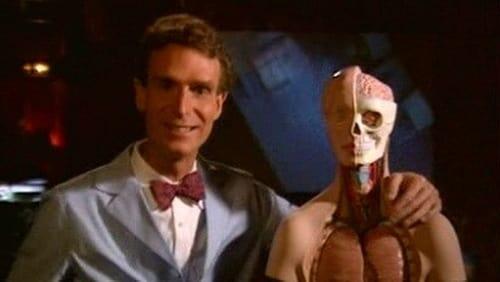
Respiration
Respiration; making a model lung; cigarette smoke; exercise.
Recently Updated Shows

MobLand
With the most powerful clients in Europe, MobLand will see family fortunes and reputations at risk, odd alliances unfold, and betrayal around every corner; and while the family might be London's most elite fixers today, the nature of their business means there is no guarantee what's in store tomorrow.
MobLand follows two generations of gangsters, the businesses they run, the complex relationships they weave and the man they call upon to fix their problem.

Daredevil: Born Again
Matt Murdock finds himself on a collision course with Wilson Fisk when their past identities begin to emerge.

The Studio
As movies struggle to stay alive and relevant, Matt and his core team of infighting executives battle their own insecurities as they wrangle narcissistic artists and craven corporate overlords in the ever-elusive pursuit of making great films. With their power suits masking their never-ending sense of panic, every party, set visit, casting decision, marketing meeting, and award show presents them with an opportunity for glittering success or career-ending catastrophe. As someone who eats, sleeps, and breathes movies, it's the job Matt's been pursuing his whole life, and it may very well destroy him.

